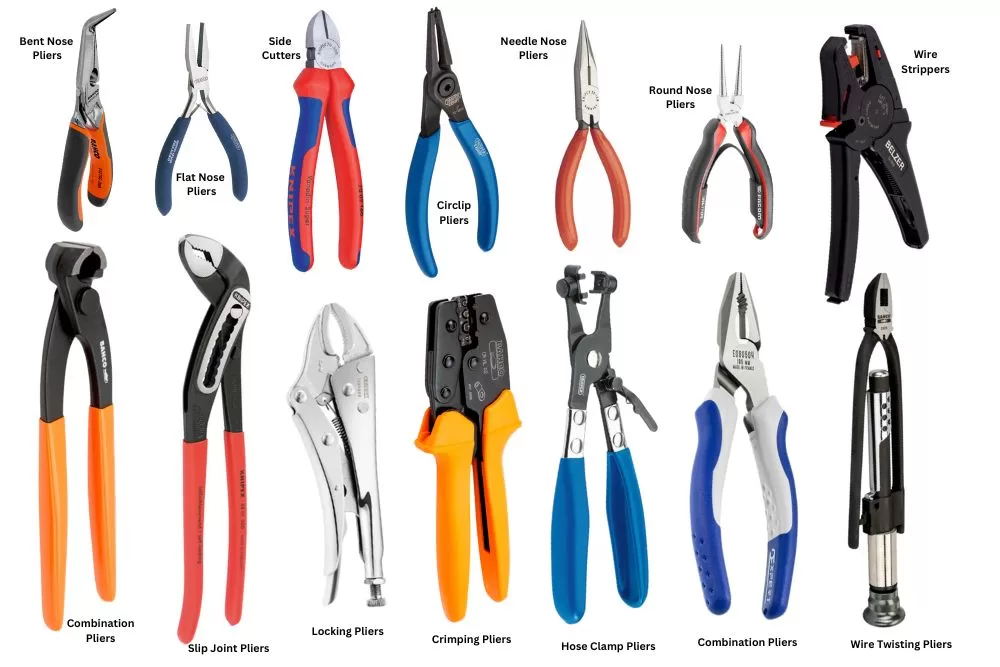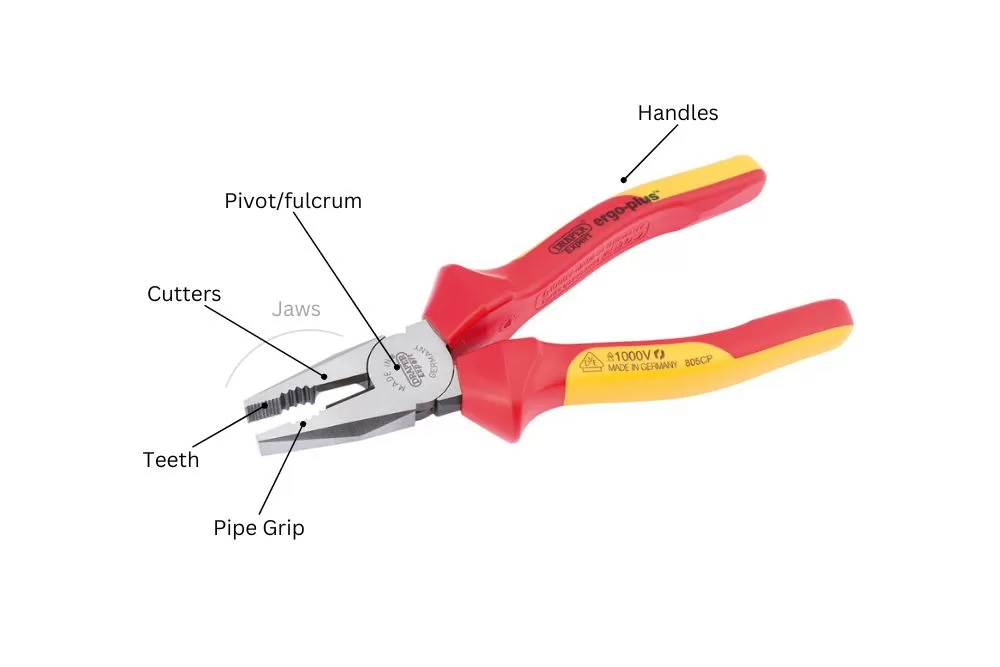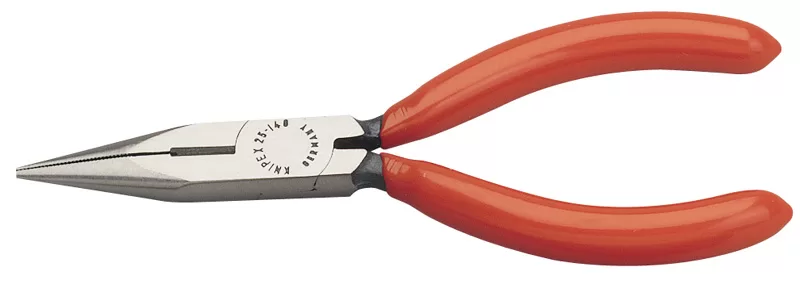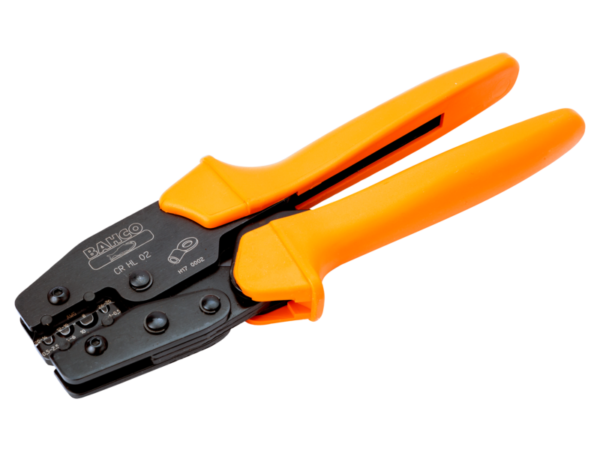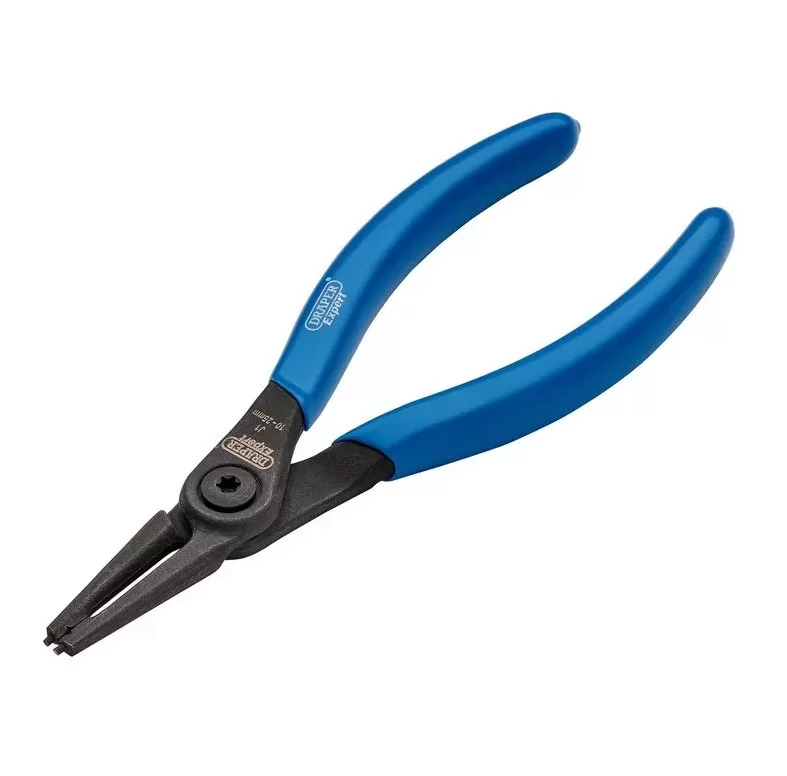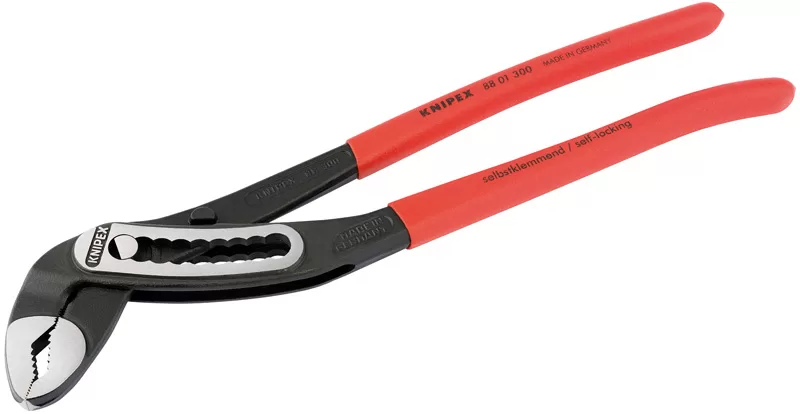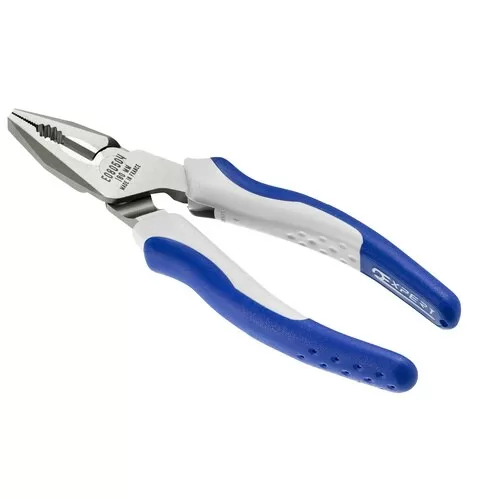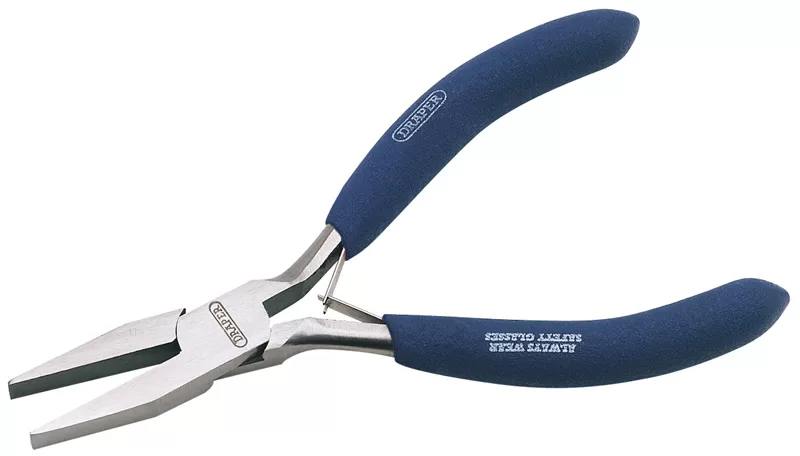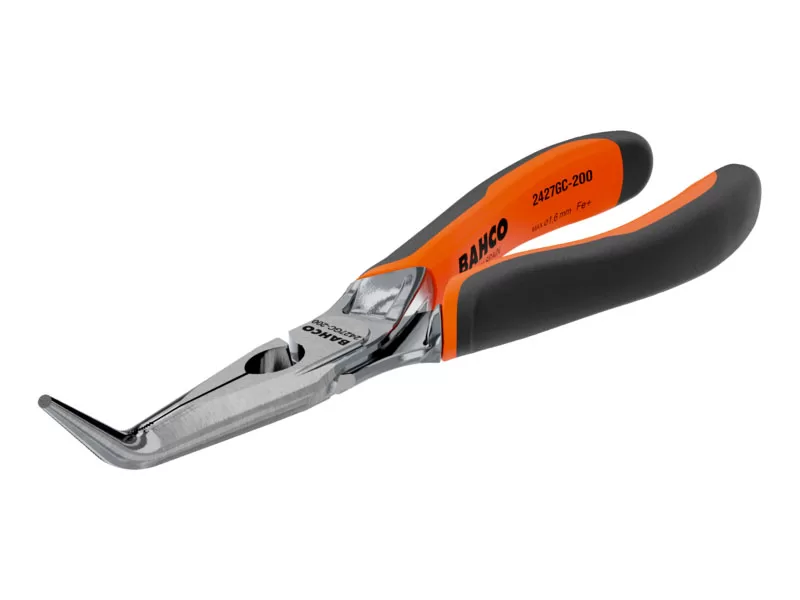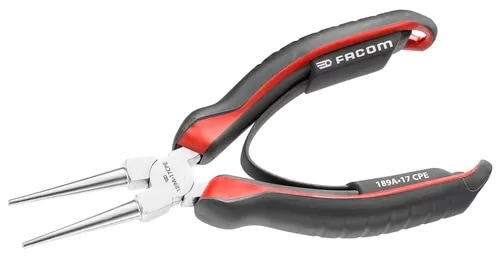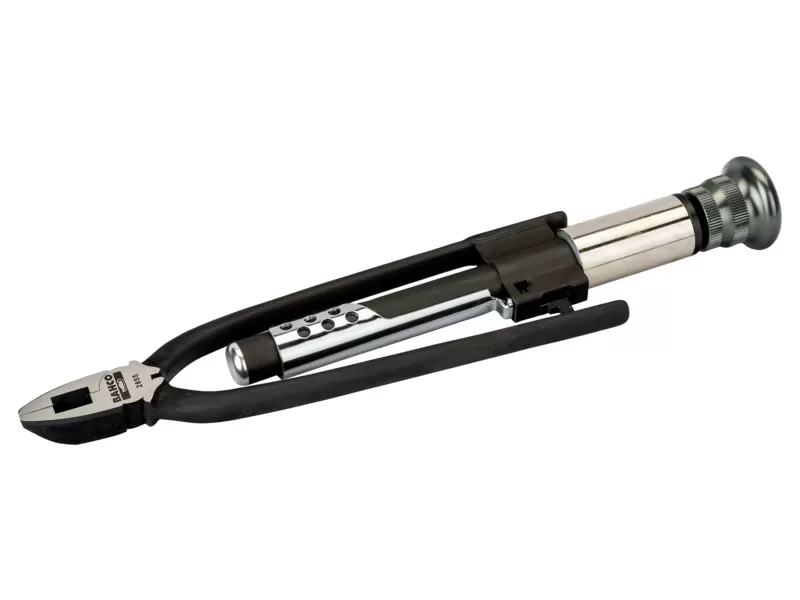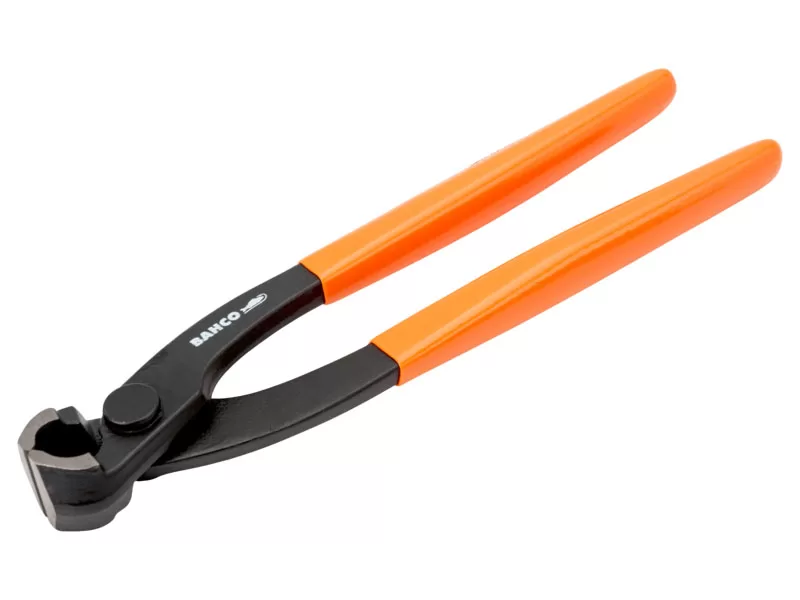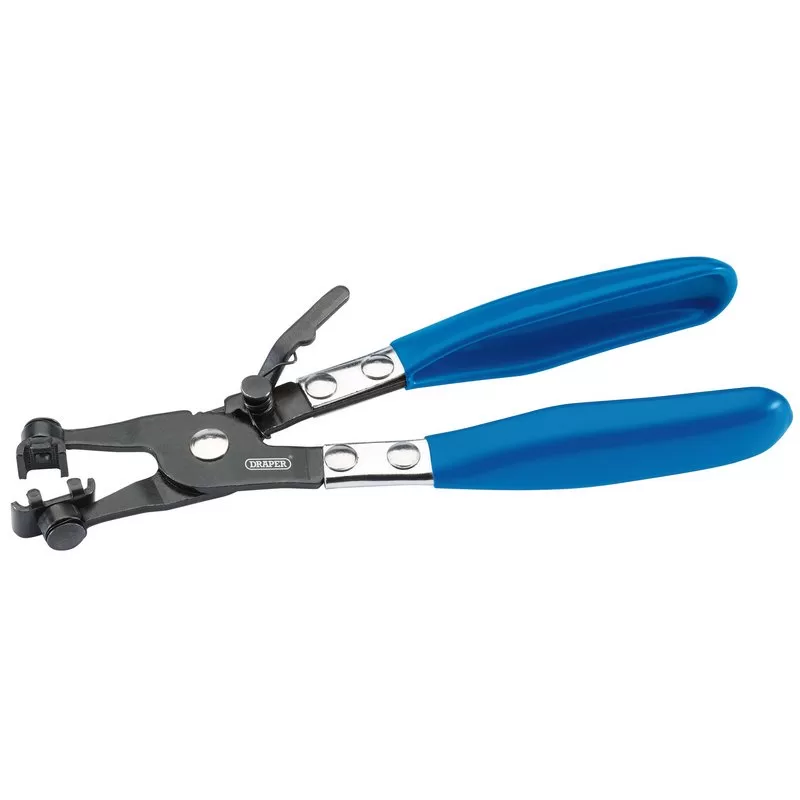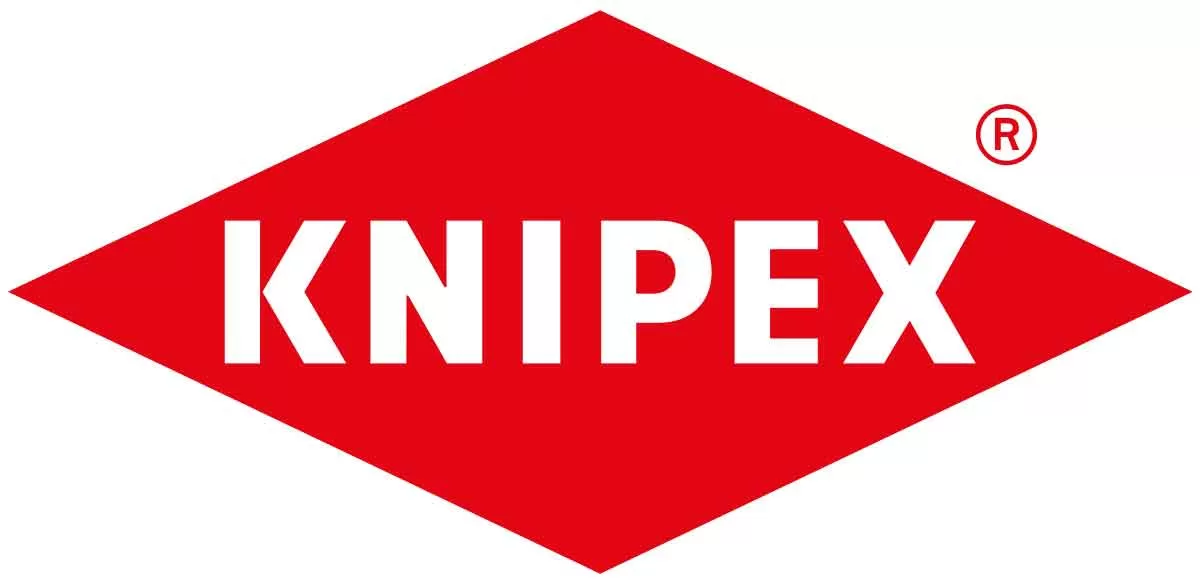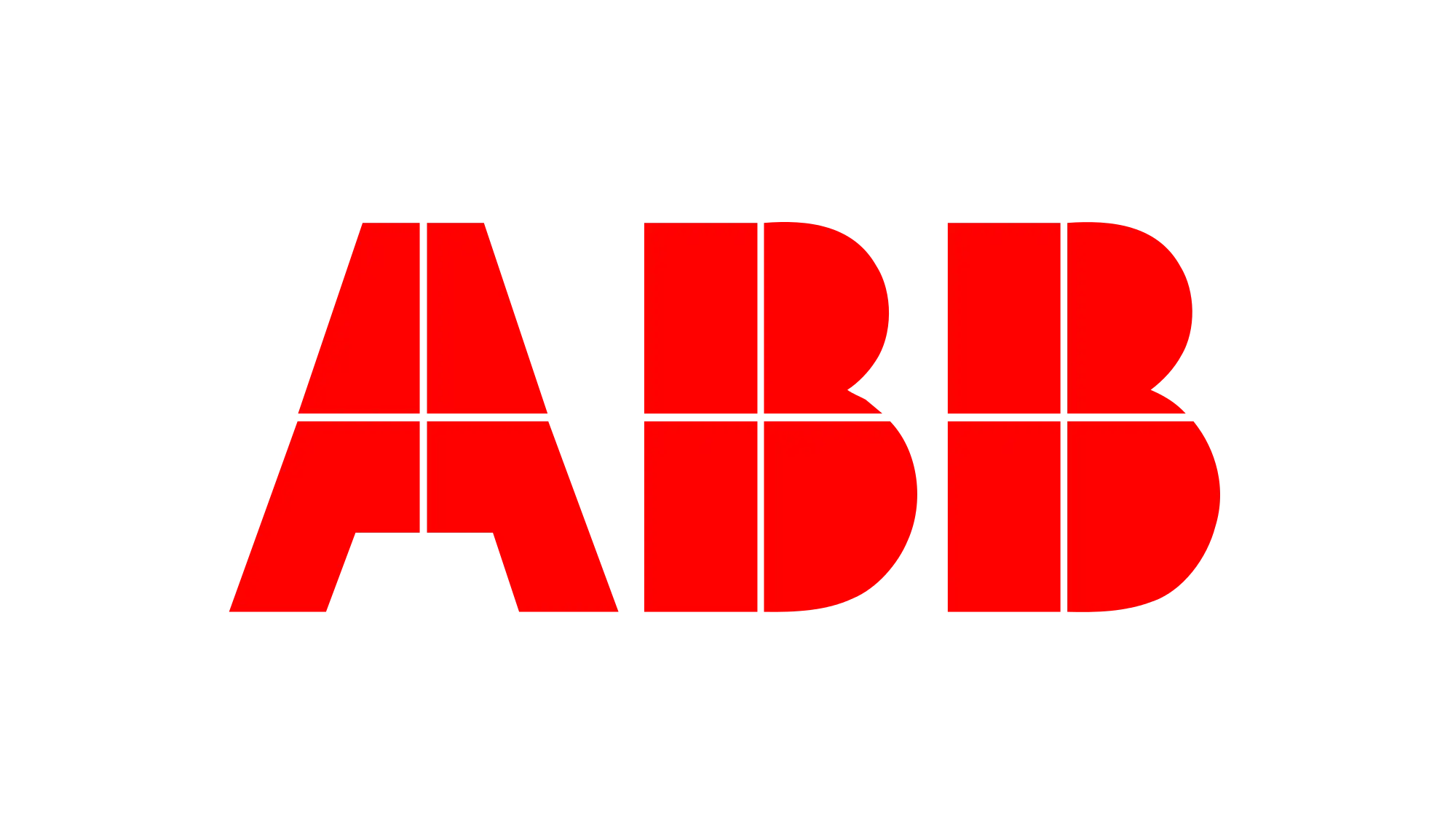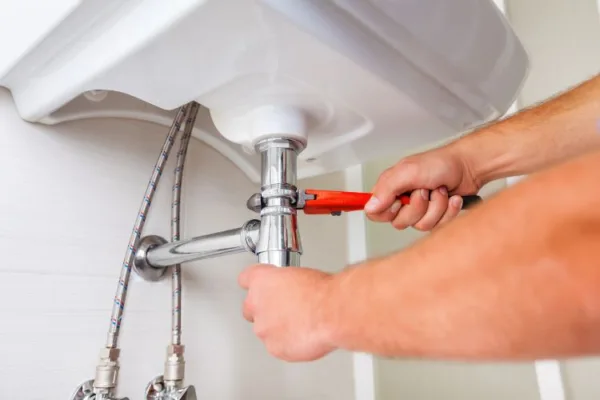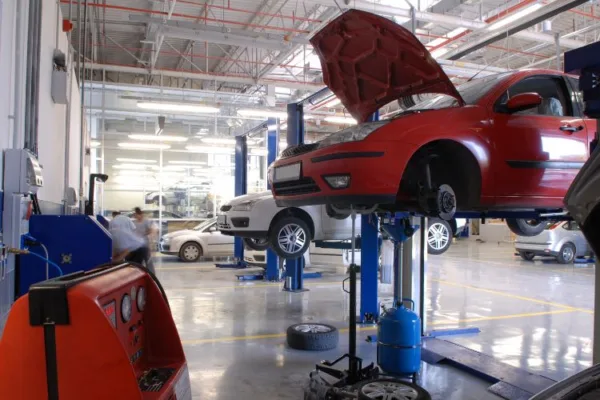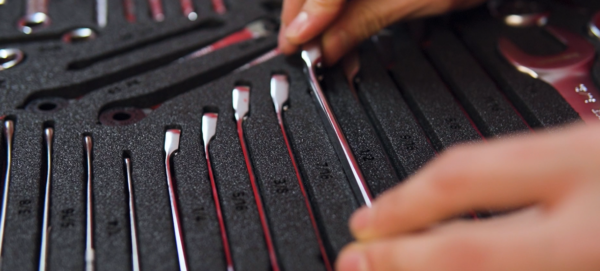Can’t tell a needle nose plier from a wire stripper or an end plier from a flat nose?
Don’t sweat it.
This guide will teach you everything you need to handle pliers like a pro.
What are Pliers Best Used For?
From clamping to crimping and cutting to bending, whether you’re an electrician, plumber, mechanic, fencer, or a jewellery maker, pliers are an essential tool to have in your tool kit.
With so many different types of pliers on the market, however, knowing precisely which ones you need can be a challenge. Fear not. This brief intro to pliers offers an overview of 15 unique plier types, designed to help you get to grips with pliers and their main uses.
Parts of Pliers
First up – the parts of a plier. Like most tools of the same family, pliers share some common features:
Handle – this is the part of the plier that you hold when operating the plier. Plier handles are usually manufactured from a nonslip and insulated material like rubber or silicone.
Jaw – a plier’s jaws are the part that open and close to grip an object. They often have a textured or serrated surface (known as the plier’s teeth).
Pivot/fulcrum – the pivot point or fulcrum is the hinge that drives the jaw. It connects to the handle, enabling the jaw to close or open as the plier handle is gripped or released.
Teeth – a plier’s teeth refers to the part of the plier’s jaw that touches or grips the object being held by the plier.
Cutters – a cutter is a tapered blade found on some models of pliers. It enables you to cut through wire and other materials
Pipe Grip – is a feature that allows the plier to securely hold and grip pipes or cylindrical objects.
Different Types of Pliers
Now that we’ve outlined the distinguishing parts of a plier, let’s look more closely at some specific plier types:
1. Needle Nose Pliers
Needle nose pliers are a small and delicate tool, commonly used by electricians. Their tapered jaw extends into an angular point that makes it easier to work in confined or narrow spaces. You’ll also find a side cutter towards the plier’s pivot point (fulcrum) and serration along the nose to help with gripping.
As well as being a trusty electrician’s tool, needle nose pliers are also handy for bending metal fittings and positioning tiny nuts and washers that lie beyond the reach of your fingers.
2. Locking Pliers
Locking pliers feature an adjustable mechanism that allows you to alter the plier’s jaw capacity and then lock the plier firmly in place. They’re great for clamping tasks, allowing you to work with both your hands free, whilst the locking plier keeps the pressure applied precisely where you need it.
Locking pliers make a handy alternative to an adjustable wrench or a pipe wrench, although you need to exercise a little caution when using the adjusting locking mechanism to avoid damaging the fastener
3. Crimping Pliers
Crimping pliers are another plier type engineered for a specific task. Although they have a similar look to a standard plier, crimping pliers feature a fulcrum closer to the jaw, which allows you to squeeze electrical terminals onto the ends of wires.
Most crimping pliers can accommodate wires of differing sizes, while others offer the option of a ‘swappable’ jaw to account for a variety of electrical terminals.
4. Circlip Pliers
As the name implies, circlip pliers are specifically designed to aid in the installation or removal of circlips (a type of metal clip commonly found in washing machines and food blenders). Circlip pliers are immediately identifiable by their slightly tapered and elongated jaw, which resembles the pincher of a beetle.
Protruding from the top of the plier’s mouth are two tiny tips, which insert into circlips’ grip holes. When choosing circlips pliers, it’s essential to ensure that the size is compatible with the circlip you are working with to avoid damaging the circlip or your plier’s tip. As a sidenote, you may also hear circlip pliers referred to as retaining ring or snap ring pliers.
5. Waterpump Pliers
Waterpump pliers (also known as multi-grip or tongue and groove pliers) feature an adjustable pivot, like that found in slip joint pliers. They’re primarily a plumbing tool, with long handles that allow you to access pipework in confined spaces (whilst retaining maximum leverage) and serrated jaws that are designed for gripping pipes.
6. Combination Pliers
Combination pliers have a jaw that allows for wire stripping, together with a marginally concave opening that permits you to grip pipe and turn bolts and nuts. They’re a great all-round plier to have in your tool kit, perfect for general repair and light-duty electrical tasks.
7. Flat Nose Pliers
Flat nose pliers are widely used by jewellery makers. They feature a stubby flat end that’s perfectly suited to tasks such as shaping wire. They’re also a great plier for gripping retaining clips and snap rings, especially in hard-to-reach areas.
8. Slip Joint Pliers
The defining feature of a slip joint plier is its slip joint, which permits you to adjust the plier’s pivot point and extend the range of its jaws. This allows you to grip materials of differing thicknesses and sizes, giving you a much wider range than a traditional plier allows.
To aid with this, slip joint pliers typically feature a flat textured mouth that curves into a serrated jaw, giving you the ability to grip both flat and rounded surfaces. They’re an exceptionally versatile type of plier, as adept at tightening nuts and bolts as gripping, crimping, holding, and bending.
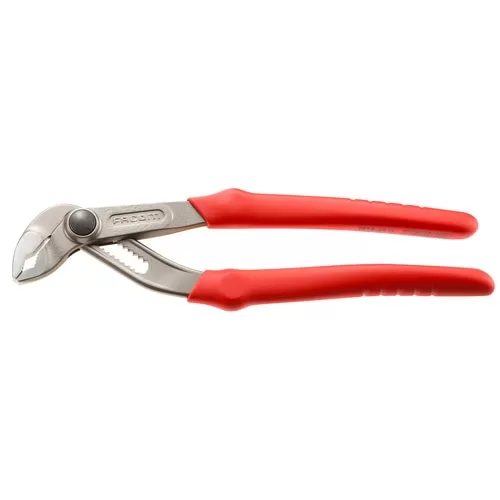
9. Diagonal Pliers
Diagonal pliers feature pointed bevelled jaws that can be used to cut wires, cables, and other materials. Though not especially sharp to the touch, the bevelled aspect of a diagonal plier’s jaws, coupled with applied pressure from the user, makes this an ideal cutting tool to tackle a wide range of applications.
10. Bent Nose Pliers
Bent nose pliers can be distinguished from needle nose pliers by their hooked jaw. They are used to bend, slice, and strip electrical wires with extreme accuracy. Their design also makes them a great choice if you’re working in confined spaces or hard-to-reach places.
11. Round Nose Pliers
Round nose pliers are another type of plier commonly used by jewellers and crafters. This plier type features a rounded edge on its tapered jaw, which (uncharacteristically for many plier types) is covered in a non-textured, smooth, surface. Round nose pliers are the ideal tool for creating wire rounds or making loops in a straight wire.
12. Wire Twisting Pliers
Wire twisting pliers feature a distinctive cylinder between the handles that allows you to easily twist wires into shape. The result is always neat and uniform, making a time-consuming task quick and painless, whilst helping you to retain precision and quality.
They’re a great tool to help you to tie rebar, prior to pouring concrete, or when fastening fences into place.
13. Wire Strippers
Wire strippers are an essential electrician’s tool that offer blades for cutting wires and a tip for crimping. These pliers allow you to precisely trim the outer insulation of wires to exact depths and expose a section of the electrical wires within.
Along the side of a wire strippers jaw you’ll see a series of numerical markings, each of which corresponds with a particular wire dimension. Installing the correct wire into the desired position, ensures you’ll always cut the wire to the correct degree.
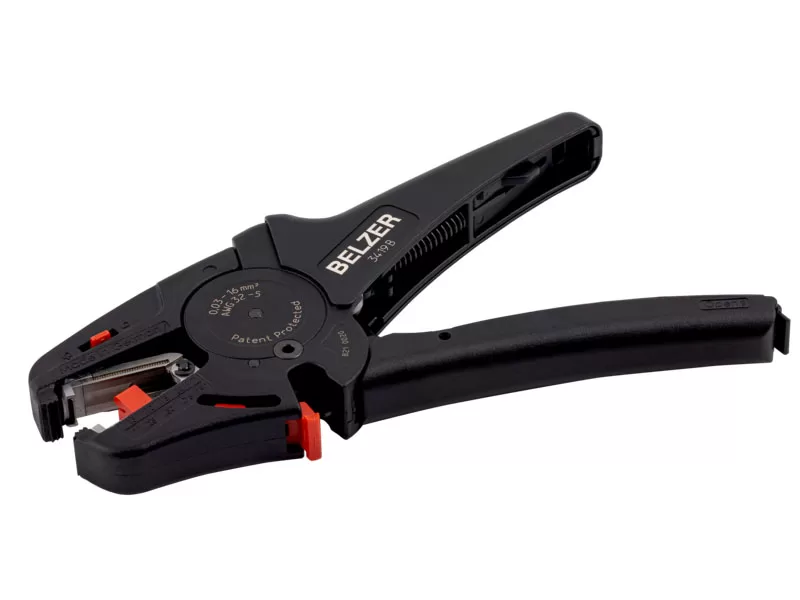
14. End Pliers (Fencing Pliers)
End pliers, also commonly known as fencing pliers, look somewhat like a plier-hammer hybrid. They’re a tool designed for hammering staples into (and removing them from) wooden fencing.
End pliers also feature a slot (contained under the pincers) that allows you to grab and twist fencing wires, making this plier type a fencer’s best friend.
15. Hose Clamp Pliers
Hose clamp pliers are a popular plumbing and automotive tool. Their main purpose is to help you to securely fasten circular clamps over hoses and other ring-shaped fittings, but they’re also commonly used by mechanics to hold radiator hoses in place, or by plumbers when repairing pumps, pools, and spas.
Knipex Pliers: Why you need them in your toolkit?
Browse our vast selection of Knipex pliers>>
We’ve discussed many different types of pliers in this guide, but one thing we’ve yet to mention is Knipex pliers.
Knipex is a type of tool brand with a reputation for producing high-quality tools – specifically pliers. The company has been in continuous operation since the late 1880s, and its entire tool range is exclusively manufactured under strict conditions in Germany.
Forged from steel and state of the art technology, Knipex pliers come with a lifetime guarantee and are built to last. They are a top choice of plier for professional tradespeople, but their value for money makes them an excellent investment for home DIYers too.
Popular Types of Pliers
Now you understand the uses of pliers, you can add to your tool kit with confidence. So, why wait any longer?
Take a look at our full range of popular and specialist plier types on our Red Box tools website, all offering professional standards and supplied by top tool manufacturers.
Ready to get organised?
Find your perfect tool storage from our professional range
From tool bags and tool chests to tool boxes with wheels, tool belts, tool cases, and trade-specific tool storage, at Red Box Tools we offer high-quality solutions you can count on.
Or why not take your tool storage to the next level with our made-to-order tool box foam drawer inserts and custom shadow foaming?
FAQ
1. What should I look for when buying pliers?
Go for tough materials like hardened steel, and pick a style (like needle-nose or diagonal) that fits your needs. Check for comfy, ergonomic handles and any added features you might find handy.
2. How do I pick the right size of pliers?
Select a size based on the task—medium-sized for general use, smaller for precision work, and larger for heavy-duty applications.
3. How do I maintain and care for my pliers?
Regularly inspect for wear, clean after use to prevent debris buildup, lubricate the joint for smooth movement, and store in a dry place to avoid corrosion.



